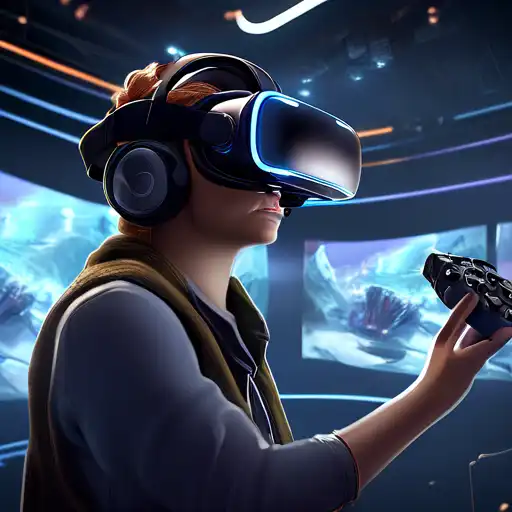Understanding the Complexities of VR Content Development
Virtual Reality (VR) has emerged as a groundbreaking technology, offering immersive experiences that were once the stuff of science fiction. However, developing content for VR presents a unique set of challenges that creators must navigate to deliver compelling and engaging experiences.
Technical Limitations and Hardware Diversity
One of the primary hurdles in VR content development is the vast array of hardware available. From high-end PC-connected headsets to standalone mobile devices, each platform has its own specifications and limitations. Developers must optimize their content to perform seamlessly across this diverse ecosystem, often requiring significant adjustments to graphics, performance, and interactivity.
User Experience and Motion Sickness
Creating a comfortable user experience is paramount in VR. Motion sickness, caused by discrepancies between visual motion and physical movement, is a common issue. Developers must carefully design movement mechanics and environments to minimize discomfort, which can limit creative freedom and require innovative solutions.
High Production Costs
The cost of producing VR content is significantly higher than traditional media. High-quality 3D models, immersive audio, and interactive elements require specialized skills and tools. Additionally, the need for extensive testing across different devices adds to the development time and budget.
Content Length and Engagement
Unlike traditional media, VR experiences are often shorter due to the intensity of the immersion. Keeping users engaged without causing fatigue is a delicate balance. Developers must craft concise yet impactful narratives that leverage the strengths of VR without overwhelming the user.
Interactivity and User Input
VR's interactive nature demands a level of user input not seen in other media forms. Designing intuitive and responsive controls that feel natural in a 3D space is a complex task. This often involves experimenting with different input methods, from hand controllers to gaze-based navigation.
Overcoming the Challenges
Despite these obstacles, the potential of VR is undeniable. By focusing on user-centered design, leveraging cross-platform development tools, and continuously testing and iterating, developers can overcome these challenges. Collaboration across disciplines and sharing best practices within the VR community are also key to advancing the medium.
As VR technology evolves, so too will the tools and techniques for content creation. The challenges of today will pave the way for the innovations of tomorrow, making now an exciting time to be involved in VR development.
For those interested in exploring more about VR and its applications, check out our articles on VR Technology Trends and The Future of Digital Media.
